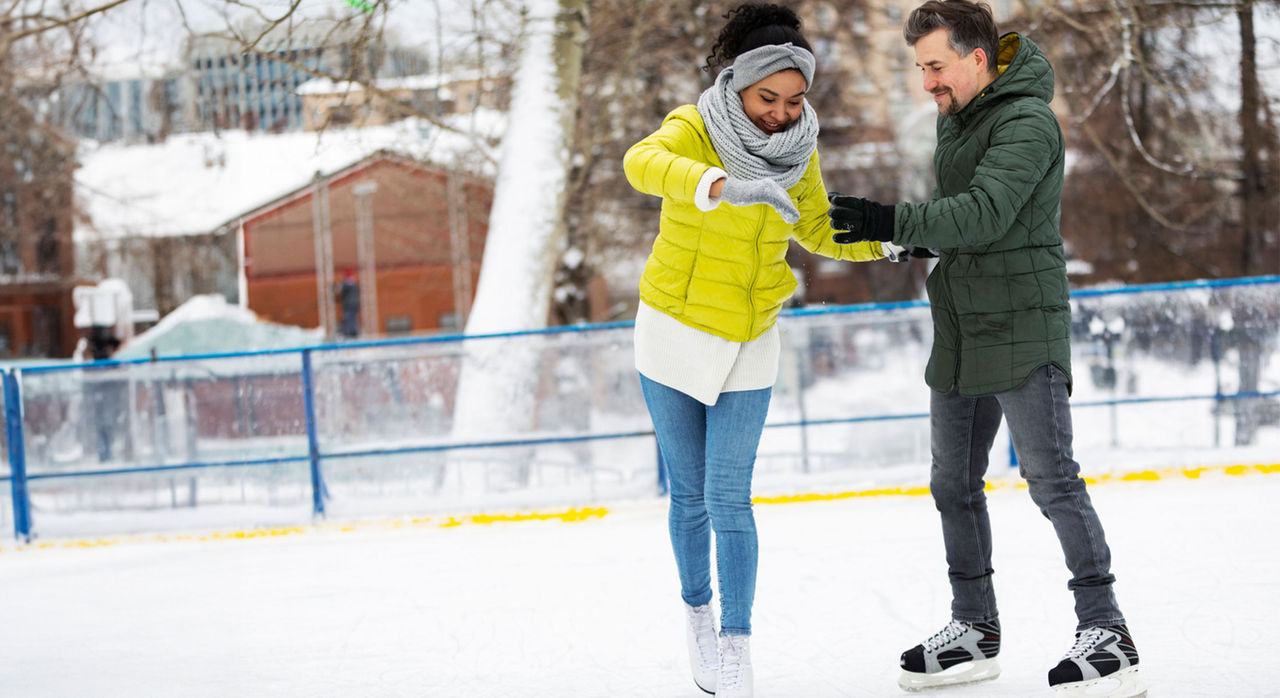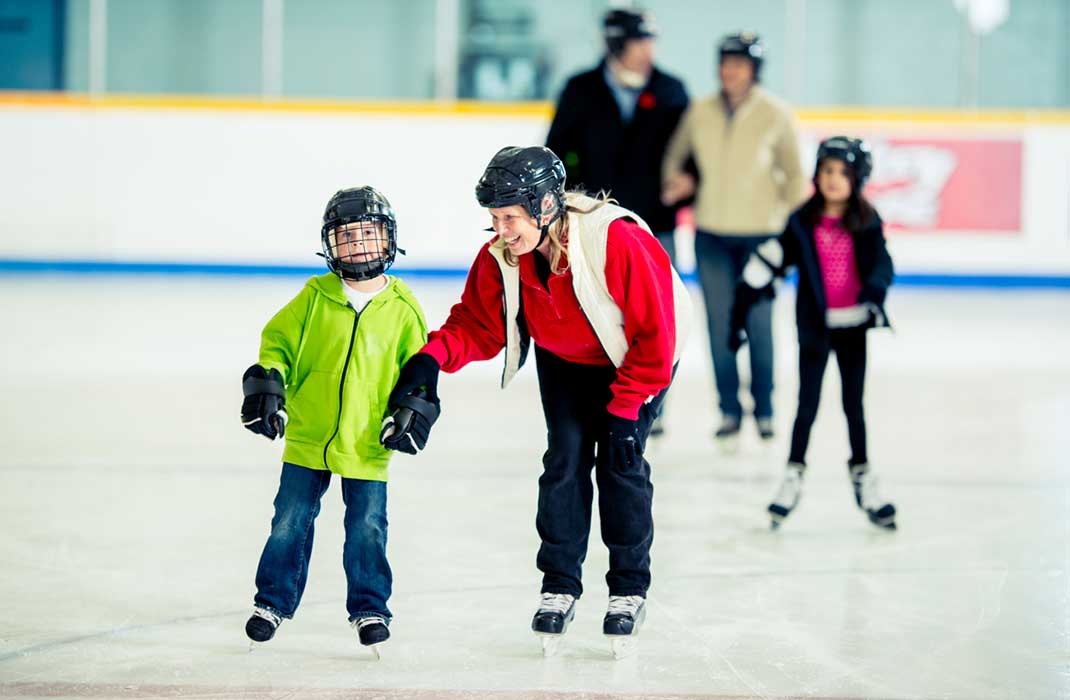-
- Find Care
-
- Visitor Information
- Find a Location
- Shuttles
- Visitor Policies
-
-
- Our Virtual Care Options
- Virtual Urgent Care
- Virtual Visits for Primary & Specialty Care
- Online Second Opinions
- Participate in Research
-
- Contact us
-
- For Innovators
- Commercialization Guide for Innovators
-
-
- Research News
- Alzheimer's Disease
- Artificial Intelligence
-
- Overview
-
- Overview
- Getting Started
- New to Mass General Brigham
- International Patient Services
- What Is Patient Gateway?
- Planning Your Visit
- Find a Doctor (opens link in new tab)
- Appointments
- Patient Resources
- Health & Wellness
- Flu, COVID-19, & RSV
- Billing & Insurance
- Financial Assistance
- Medicare and MassHealth ACOs
- Participate in Research
- Educational Resources
- Visitor Information
- Find a Location
- Shuttles
- Visitor Policies
- Find Care
-
- Overview
- Our Virtual Care Options
- Virtual Urgent Care
- Virtual Visits for Primary & Specialty Care
- Online Second Opinions
-
- Overview
- Participate in Research
-
- Overview
- About Innovation
- About
- Team
- News
- For Industry
- Venture Capital and Investments
- World Medical Innovation Forum (opens link in new tab)
- Featured Licensing Opportunities
- For Innovators
- Commercialization Guide for Innovators
- Contact us
-
- Overview
- Information for Researchers
- Compliance Office
- Research Cores
- Clinical Trials
- Advisory Services
- Featured Research
- Two Centuries of Breakthroughs
- Advances in Motion (opens link in new tab)
- Brigham on a Mission (opens link in new tab)
- Gene and Cell Therapy Institute
- Research News
- Alzheimer's Disease
- Artificial Intelligence
-
- Overview
-
- Overview
- Residency & fellowship programs
- Brigham and Women's Hospital
- Massachusetts General Hospital
- Mass Eye and Ear
- Newton-Wellesley Hospital
- Salem Hospital
- Integrated Mass General Brigham Programs
- Centers of Expertise
- Global & Community Health
- Health Policy & Management
- Healthcare Quality & Patient Safey
- Medical Education
- For trainees
- Prospective trainees
- Incoming trainees
- Current trainees
- Continuing Professional Development
Stay Safe While Ice Skating

Ice skating is a cool way to stay active, build lower body strength, improve balance, and have fun with friends. However, skating injuries are common and can range from mildly annoying to very serious. It’s important to focus on safety — whether you’re playing hockey, figure skating, or doing laps around a rink or pond.
“Some injuries are bad luck, and accidents happen, but many accidents are preventable. There are things that skaters, parents, coaches, athletic trainers, and others can do to prevent injuries,” says Giovanna Medina, MD, MSC, PhD, a Mass General Brigham sports medicine specialist.
Dr. Medina is a pediatric orthopaedic sports medicine surgeon who cares for patients at Massachusetts General Hospital, Newton-Wellesley Hospital, and Mass General Brigham Health Care Center in Foxborough. She also serves as a team physician for several local high school and college teams, including men’s and women’s ice hockey.
Common skating injuries
The most common injuries from ice skating are:
- Broken bones, particularly the ankle, wrist, and collarbone (clavicle, or AC joint)
- Bruises and cuts from falls or contact with pucks, skate blades, and other skaters
- Concussions and head injuries
- Ligament tears and sprains, for example in the ankle, knee, and wrist
- Overuse injuries from too much skating, such as inflammation and bone stress injuries in the feet and ankles
- Shoulder injuries, such as dislocation and rotator cuff injuries
- Skin injuries, such as irritation from ill-fitting equipment
Tips for ice skating safety
Dr. Medina offers tips on how to ice skate safely. She urges patients to consider most of the tips before touching the ice.
Wear properly fitting ice skates.
Many injuries occur when people wear ill-fitting skates. Skates that are too big don’t provide enough ankle support, contributing to ankle sprains. “And without ankle stability, you won’t have appropriate balance, which increases the risk of falling,” Dr. Medina explains. If your skates are too tight, you risk skin injuries, such as blisters and lace bite (irritation on the front of the ankle due to pressure from laces).
Dr. Medina recommends getting a proper fitting for skates that fit your individual foot. If you’re just starting a skating sport, consider renting skates to better understand what fits best. Try skates on with the same socks you intend to wear when you skate, because different socks affect skate fit.
A store that sells ice skates or a skate rental shop can help you determine what type of skate and size fit you best. Try on several different skates before deciding what to wear. Your foot should fit snugly in the skate boot — tighter than a shoe, but without causing pain. There shouldn’t be any extra room, especially in the ankle and heel.
Lace your skates all the way to the top — over the ankle — for the best support. It’s also important to have sharp blades, she adds. Dull blades don’t glide as well and get caught on imperfections in the ice, increasing the risk of falls.
Wear ice skating safety gear.
People playing competitive ice sports are required to use certain types of ice skating safety equipment. But Dr. Medina encourages all skaters to wear ice skating protective gear — even when they are skating recreationally. “The lower your skill level, the higher your chances of falling, so the more protective equipment you should use,” she adds.
She recommends wearing:
- Elbow pads and knee pads to help prevent acute injuries such as broken bones
- Head protection while ice skating, including a helmet and mouth guard
- Neck guards and other pieces that protect against cuts from skate blades
- Socks that are padded to provide cushion and as tall as your skates to cover your ankle and prevent rubbing
- Warm clothes to protect from frostbite
Some people, especially kids, may resist safety equipment, Dr. Medina says. Try to motivate them by explaining the possible consequences.
“These can be serious injuries. They can take a long time to heal and keep you out of sports and other activities,” she says. “The safer you practice your sport, the less likely you are to have these injuries.”
Cross-train for overall fitness.
Safety on the ice begins on land, with good overall physical fitness. For skaters, Dr. Medina recommends that fitness plans focus on dynamic balance, core strength, and weight lifting.
Dynamic balance is the ability to stay standing and stable while you perform movements. Examples include standing on one leg on a wobble board, trampoline, bosu ball, or squishy pad. Balance provides several benefits for skaters, especially preventing falls and making falls less intense.
Strong core muscles also help with balance and fall prevention. Dr. Medina recommends holding planks and side planks for as long as you can, building your endurance over time. Lifting weights two to three times per week also builds muscle and makes you stronger. This can help your body absorb impact from falls, Dr. Medina explains. Overall strength is important, but she encourages skaters to pay special attention to muscles in the neck, torso, and back.
Dr. Medina also emphasizes that sleep, nutrition, and hydration are essential for keeping your body safe during exercise.
Warm up before skating.
A good warm-up before any type of exercise raises body temperature, which improves flexibility. Stretching also improves flexibility and eases tension in your joints and muscles. Flexibility can enhance your performance and prevent injury. In fact, Dr. Medina says skaters can benefit from stretching every day, not just before sessions on the ice.
Begin warm-ups on land and complete them on ice. A good warm-up should be sport-specific, Dr. Medina says, mimicking the motions you use for a particular activity. For skaters this can include front and side lunges, testing dynamic balance, and jumping side to side from one leg to the other.
Limit your time on the ice.
Too much time performing any one activity can lead to overuse injuries (also called repetitive stress injuries). Skaters who skate too often are at risk for overuse injuries, particularly in the ankles and feet, Dr. Medina says.
“For young athletes, we typically recommend that the hours you participate in sports each week not exceed your age. So if you’re 12 years old, your total time doing sports should not be more than 12 hours per week,” she says. “If you practice or play one sport too much or too quickly, your body will not have enough time to adapt, and that increases the risk of overuse injuries.”
Learn how to prevent overuse injuries and when to seek treatment for workout pain.
Check the condition of the ice surface.
Before you glide onto the ice, check the surface for safety. The ice should be smooth, free of holes, bumps, or ridges. A rough surface is likely to catch your skate blades and cause falls. For outdoor surfaces, make sure the surface is thick enough that it won’t break underneath you.
Where can I receive care for a skating injury?
Get same-day care for skating injuries at a Mass General Brigham Orthopedics Walk-In in Wellesley, MA.
Walk-ins do not require an appointment. The center is open 7 days a week and offers extended hours. People can walk in on a Saturday morning after skating with friends, or later in the evening after a hockey practice.

